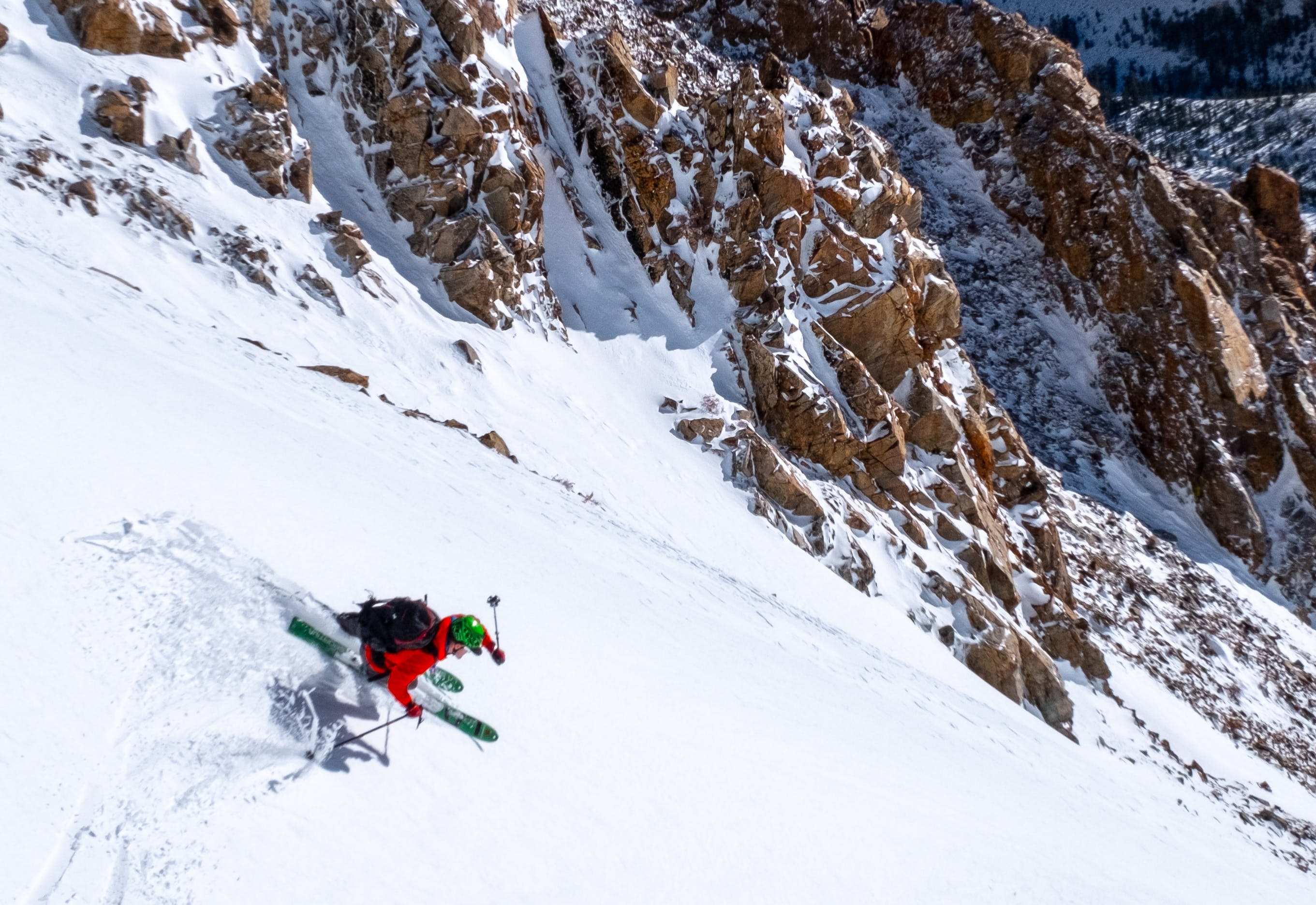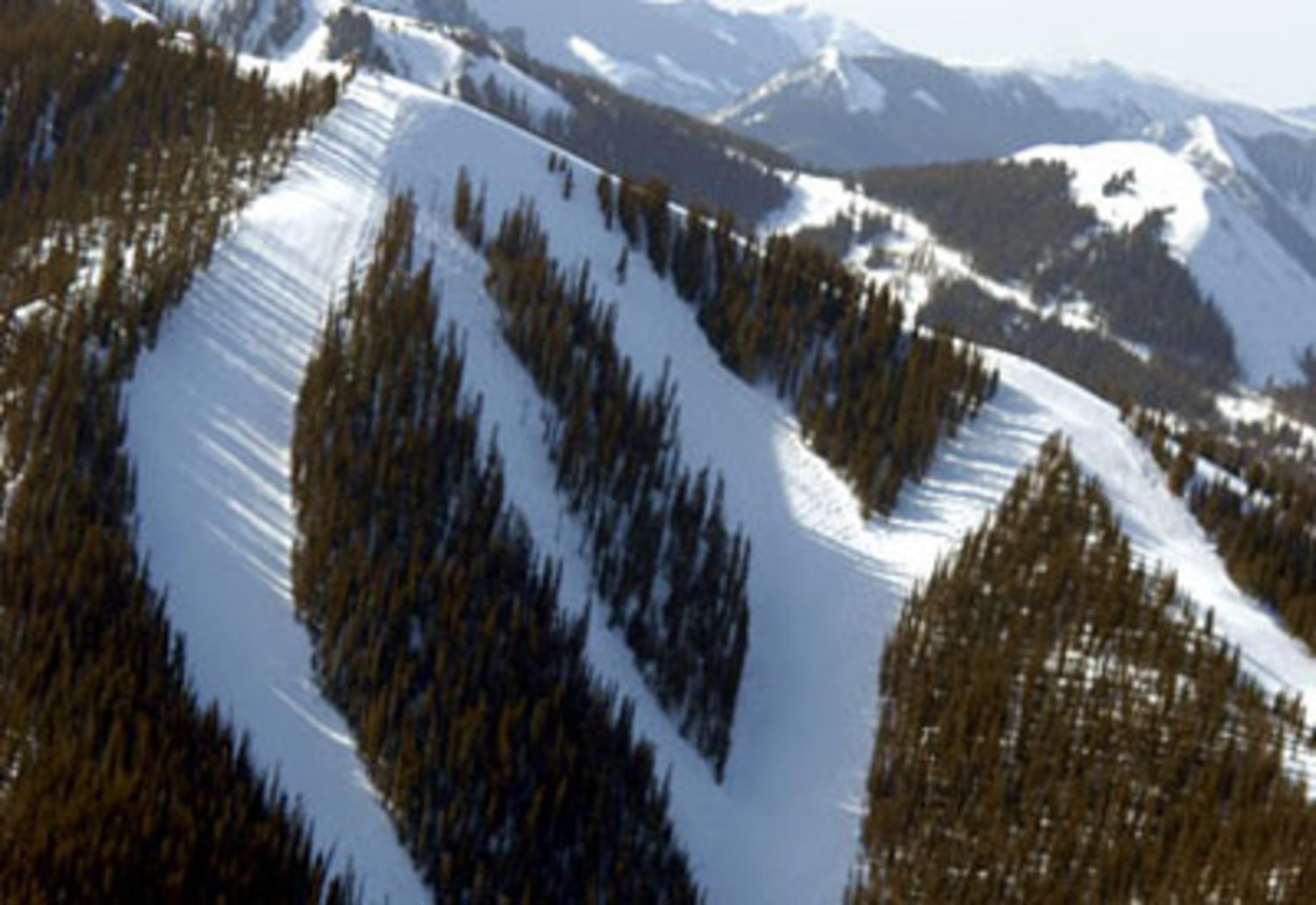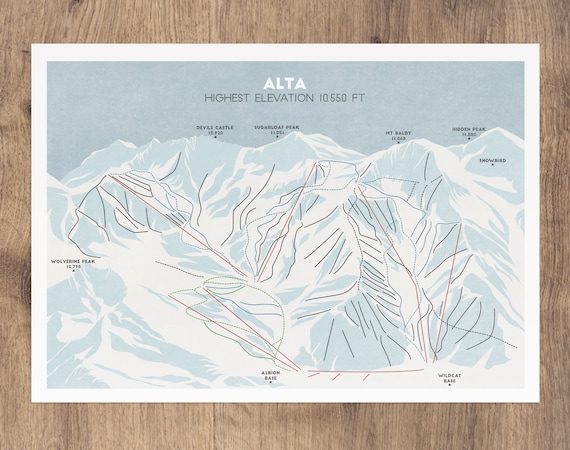
Slalom is a water skiing discipline that demands speed, agility, and balance. It is a competitive sport that is contested at the FIS Alpine World Ski Championships and the Olympic Winter Games. International Water Ski Association's (IWSF) standardized rules govern slalom and results are published on an Elite Ranking List.
Slalom versus Giant Slalom
Slalom skiing is a technique that can be learned with time and practice. It is a great way to progress your skill level and become more confident on the water. It is also a fun and exciting activity that can be enjoyed by both children and adults alike!
How to Slalom Water Ski
Master the basic body positions before you begin slalom ski. This is a vital skill that allows you to feel confident and enter the zone. If you're standing behind the boat straight or if your back is angled away from it, keep your hips firmly forward with your arms lowered. It is important to maintain a consistent rhythm to slalom-ski, so that you can keep up with your boat's speed.

The next step is to zigzag through the course of buoys. Water skiers have to pass through a series six turn-buoys. The number of successfully completed passes is the score for slalom.
Slalom water skis are available in many types for both beginners and intermediates. More advanced slalom skiing has an edge-to -edge concave for increased suction. A narrow tail creates more grip for the bottom of ski.
How to choose the right Slalom skiing
The Slalom skis have a longer length and are narrower. They measure 57 to 70 inch (145 to 178 cm), depending upon the height and body weight of the person who uses them. Slalom skis have two bindings facing forward. They look like snow ski bindings but do not include an ankle strap.
These skis are made to meet the needs of professional slalom skiers who ride at high speeds. Top speeds can reach 116 km/h (72 mph). A competitive slalom water skier uses an edge-to-edge concave and a stiff graphite core to withstand their speed and intensity on the water.

The slalom slalom is usually shortened down to 11.5 metres from the middle of the course. This produces extreme upper body torque, intense isometric movements and high levels of tension. When the skier is using these ropes, their body generates loads of 600 kg or more when they pass a turn bollard.
How to Drop One Ski
Dropping one of your water skis out of the wake is a great way to practice when you are learning slalom. This simple drill will teach you how to keep your balance on one ski.
FAQ
How do I travel light?
There are many options when it comes to packing for a trip. Here are some tips to help you decide what to pack.
-
Only bring what you need.
-
Only bring what you are going to wear.
-
Do not overpackage yourself with items.
-
Check your suitcase for space.
-
Always double-check to make sure that everything is in your bag.
-
Take advantage of free storage facilities.
-
Instead of purchasing bottled water, use reusable water bottles.
-
You can carry a backpack rather than a suitcase.
-
Walk or cycle whenever possible instead of using public transport.
-
You can choose the right size bag.
-
Avoid carrying bulky items.
-
Be ready for anything.
-
Don't leave anything behind
Do you worry about missing something while traveling?
Yes, I often forget stuff. This is more common when I go on a short trip. Luckily, I always have everything I need with me so I never run out.
For instance, I always carry my passport with me. When I purchase tickets, I make sure I have enough cash.
I also keep my phone charged. A small bag is also handy for storing other items.
Do I need travel insurance?
Travel insurance is vital if you're planning to travel. In fact, you should have cover for all types adventure sports.
You should make sure you have insurance if you ski. It is also worth looking into coverage for theft, loss and damage.
Cover for cancellation should be considered. This allows you to cancel your holiday without having to pay any penalties.
Also, make sure you ask for insurance for emergency evacuation. In the case of an avalanche and other natural disaster, you can be evacuated from the mountain.
What should you pack for a vacation?
You must know what you want from your holiday. Not just packing clothes. You should also consider where you are going to be staying and for how long.
It is important to consider what kind of activities you want to engage in. For example, if you are going to an exotic destination, then you may want to try scuba diving. If you are planning to stay somewhere longer, then you might want to take part in local festivals or events.
You should let the people who are going to be caring for you know if you have any medical issues.
When traveling, what should you remember?
Traveling is a time when you are often faced with situations that require quick decisions. So be prepared to improvise.
You could be stuck there for hours, days and even weeks. If you plan ahead you can have food and water, shelter, and a place for sleep. You may need to improvise if you don't plan ahead.
In these cases, you'll probably have to rely on what you know how to do best. This means that you will need to make quick decisions based on your intuition and experience.
Sometimes you don't have a choice. There are many situations where you might be left without cell or gas service, or even robbed. You'll need to adapt quickly to these situations.
The key is to keep calm, stay focused and act decisively. Don't panic. Instead, be calm and focus on what you can do.
You can, for example, choose the direction you want to travel if you get lost in the woods. You can also eat berries and mushrooms if you feel hungry. You can also drink rainwater and melt snow if you feel thirsty.
Or if you're tired, you can rest. If you're cold, you can bundle up. If you get wet, you can put on clothes. You will feel happier no matter what, if your outlook is positive
What documents should be kept handy while on the road?
Keep copies of important documents in your car for quick access when on the go. It is a good idea to have a spare copy of your passport, driver’s permit, and any other official identification cards. You might also need to keep information about your credit cards in case you use an ATM machine.
It's always a good idea to carry a photocopy of your passport with you so it can be used as proof of identity if needed.
Also, don't forget to include copies of your itinerary and reservations. These will help you remember where you are going and what you plan to see.
This should be in addition to the original flight ticket and hotel reservation details. This way, you'll be able to contact someone back home if you get into trouble.
Finally, it's always a good idea not to leave anything valuable unattended. It's a good idea to keep valuables safe and secure by storing them inside your luggage or on a money belt.
To avoid costly items being lost, make sure you check your luggage before you leave.
Remember, it's safer to keep things simple rather than trying to plan everything.
Enjoy your journey and relax!
What snacks should I bring to the plane?
You can choose from many types of snacks when you fly. Consider bringing along any food that you are fond of while traveling.
If you love chocolate, for example, you might want some chocolates and other treats like biscuits and crisps.
If you're looking for something savory, perhaps you could try packing some cheese or crackers.
Consider what type of drink you want to take on board. Perhaps you'd prefer something cold or hot?
Be sure to pack all snacks and drinks securely.
This way, you won't need to worry about them getting damaged during travel.
Statistics
- Case in point: the private island of Ilha Caldeira, less than seven miles off the coast as part of the Primeiras and Segundas Archipelago, is located within the marine-protected area with 20 percent of the country's intact living coral. (travelandleisure.com)
- Alcoholic beverages with more than 24% but not more than 70% alcohol are limited in checked bags to 5 liters (1.3 gallons) per passenger and must be in unopened retail packaging. (tsa.gov)
- That's an 18% jump from 2019, the previous record year. (travelandleisure.com)
- You can use compression sacs or cubes to reduce the volume of your clothes by up to 80%—this is especially convenient for bulky items such as sweaters and jackets. (eaglecreek.com)
- Pack sweaters, jackets, and underwear in reusable compression bags creating up to 75% more space in your luggage. (wikihow.com)
External Links
How To
What are some ways to make travelling easier?
It's always easier to travel when everything is planned in advance. It is no longer necessary for you to plan where you are going to be stopping, how much you'll spend and what to pack. If you want to travel better, you should plan and organize yourself before leaving home. By doing this, you will not waste your time trying to figure everything out on your trip.
Plan Ahead
There are many methods to plan for your trips. Some people prefer to keep track of every detail online, while others like to write notes in a notebook. For some, planning is about planning the entire trip. Others might just begin packing and move on. Whatever you choose, don't forget to plan. This will save you valuable time and energy.
Organizing Yourself
If you want to travel well, then you must also organize yourself. You should first make sure that you know exactly what you need to bring along with you. Make sure you have everything that you may need. Make sure to consider the weather conditions and dress accordingly. Also, consider whether you want to rent a car or take public transportation. Check the facilities when you get to your hotel room. Is Wi-Fi available? Do you get breakfast included in your stay? Are laundry services available in the hotel? These are vital details that you should include in your checklist. Once you've checked these items off of your list, you can relax and enjoy your vacation!